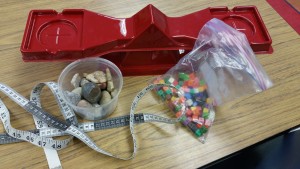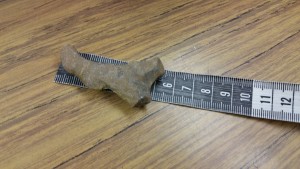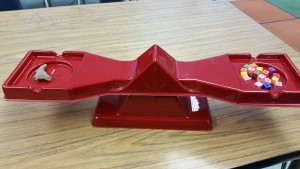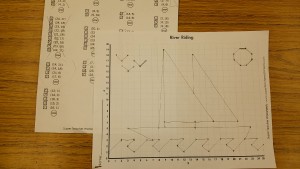For a virtual microscope, go here.
Science Skills
Basic science and observation skills
Measuring Rocks
 In the science lab, we have many tools that we use, and here are some of the tools that students will be practicing with:
In the science lab, we have many tools that we use, and here are some of the tools that students will be practicing with:
- balance scales
- measuring tapes
- “centicubes” (gram blocks)
- items to measure – in this case, rocks
Students need to practice these skills:
- to only put ONE rock on one side of the balance scales
- when to stop adding more gram blocks
- when to take off extra gram blocks
- to count – and some of the rocks are over 50 grams, so this can be tricky for some of our youngest students
- to recognize balance
- the end of the measuring tape is zero – even if there is no zero shown
- to make sure the rock (or object) is at the zero to start
- to know length, width, and around
- to record their measurements (with kinder, we first start with just practicing how to measure)
Here are a couple interactive websites or online games:
Graphing Coordinates
On November 2nd, 4th and 5th graders were given the job of finding locations of earthquakes and volcanoes on a map by using coordinates. They struggled with understanding the process behind this, so this week we took a step backwards to practice how to find coordinates on a grid. After graphing the points on the grid and connecting them, it made a picture. Many students asked “why are we doing math in science?” to which I replied that the two were linked and that scientists often need to keep data, and that data often needed to be figured out by using math. They HAVE done math before in the science lab, so this really is not anything new, but this time the lesson was specifically math in order for them to be able to continue with our earthquake and volcano mapping. Here is the picture that we made using coordinates:



